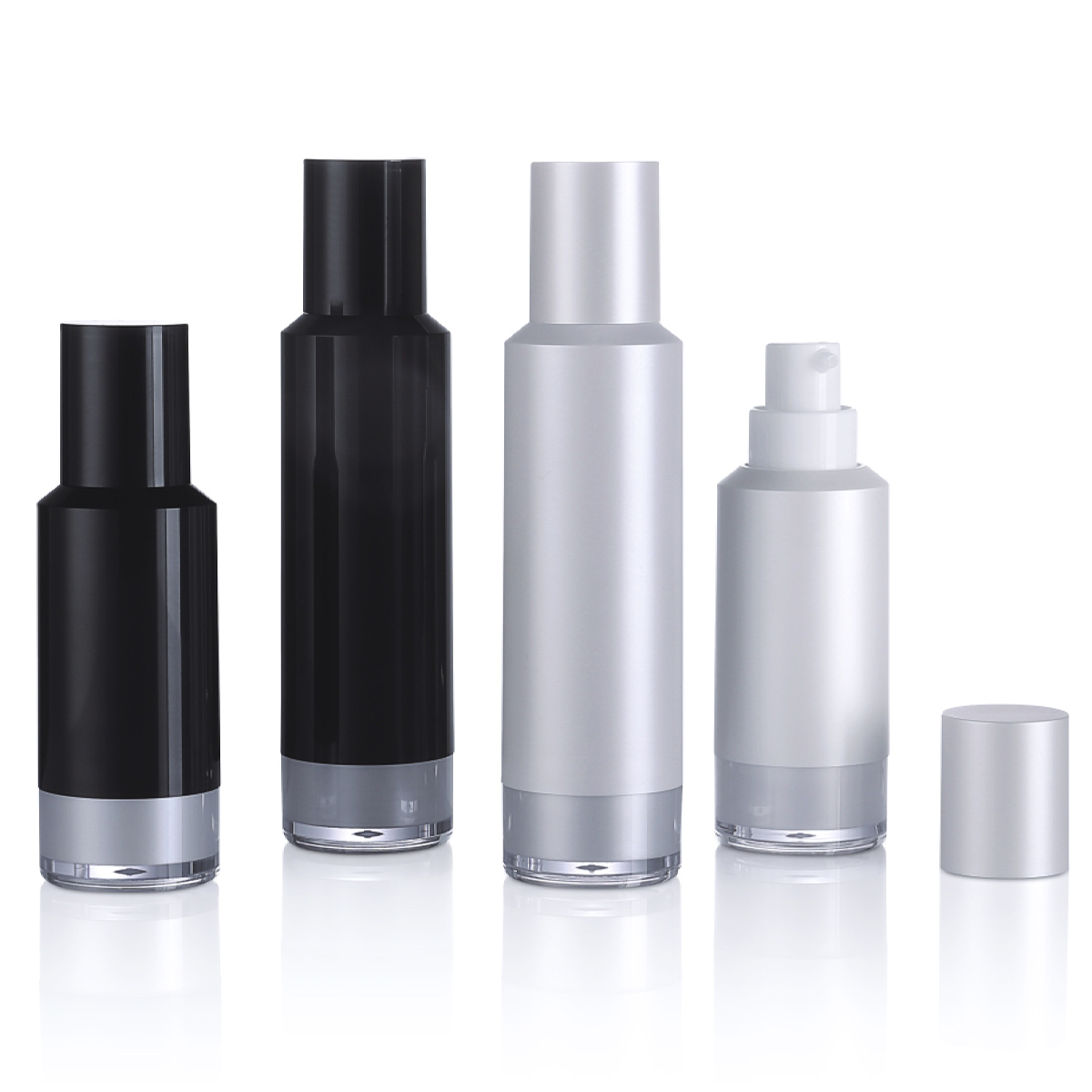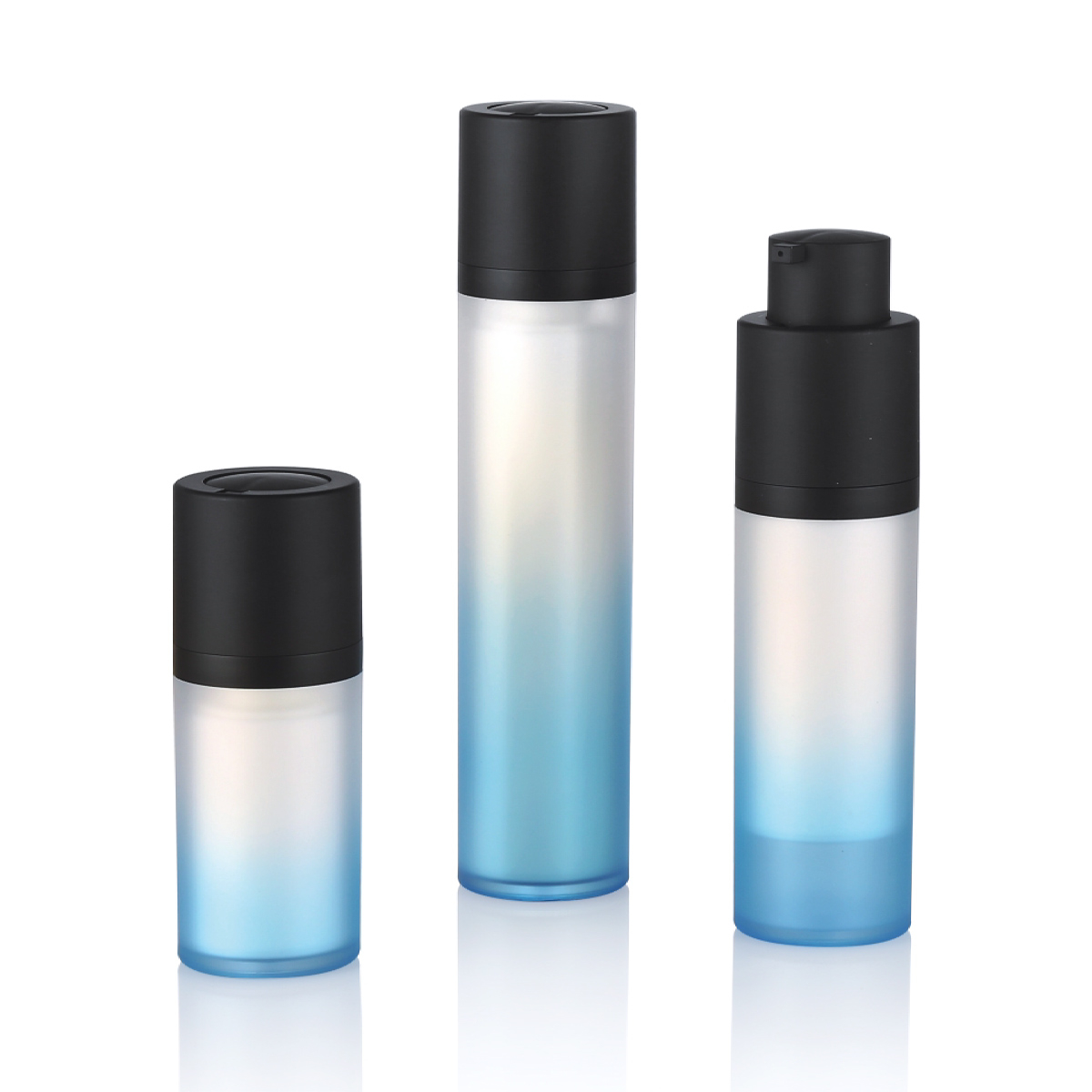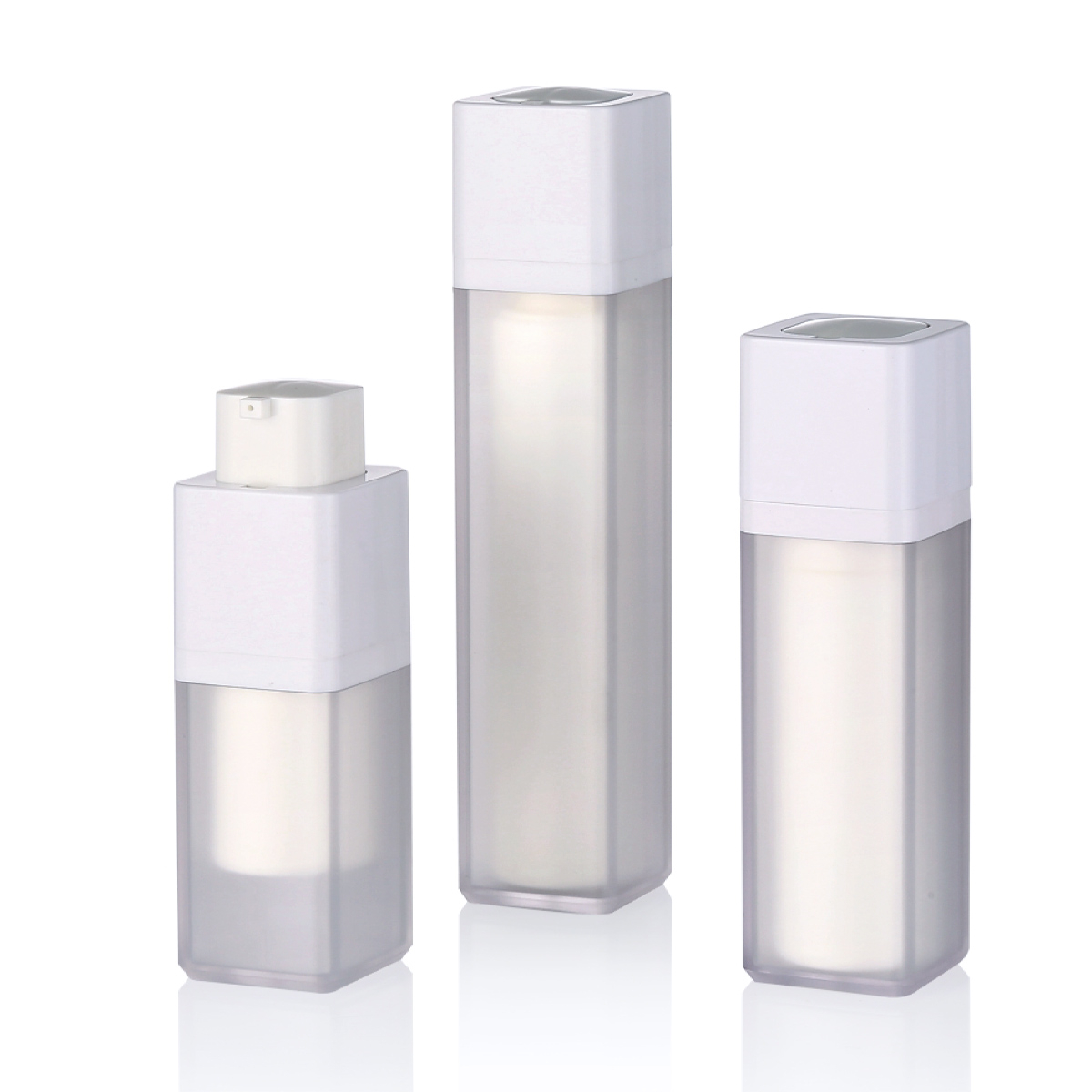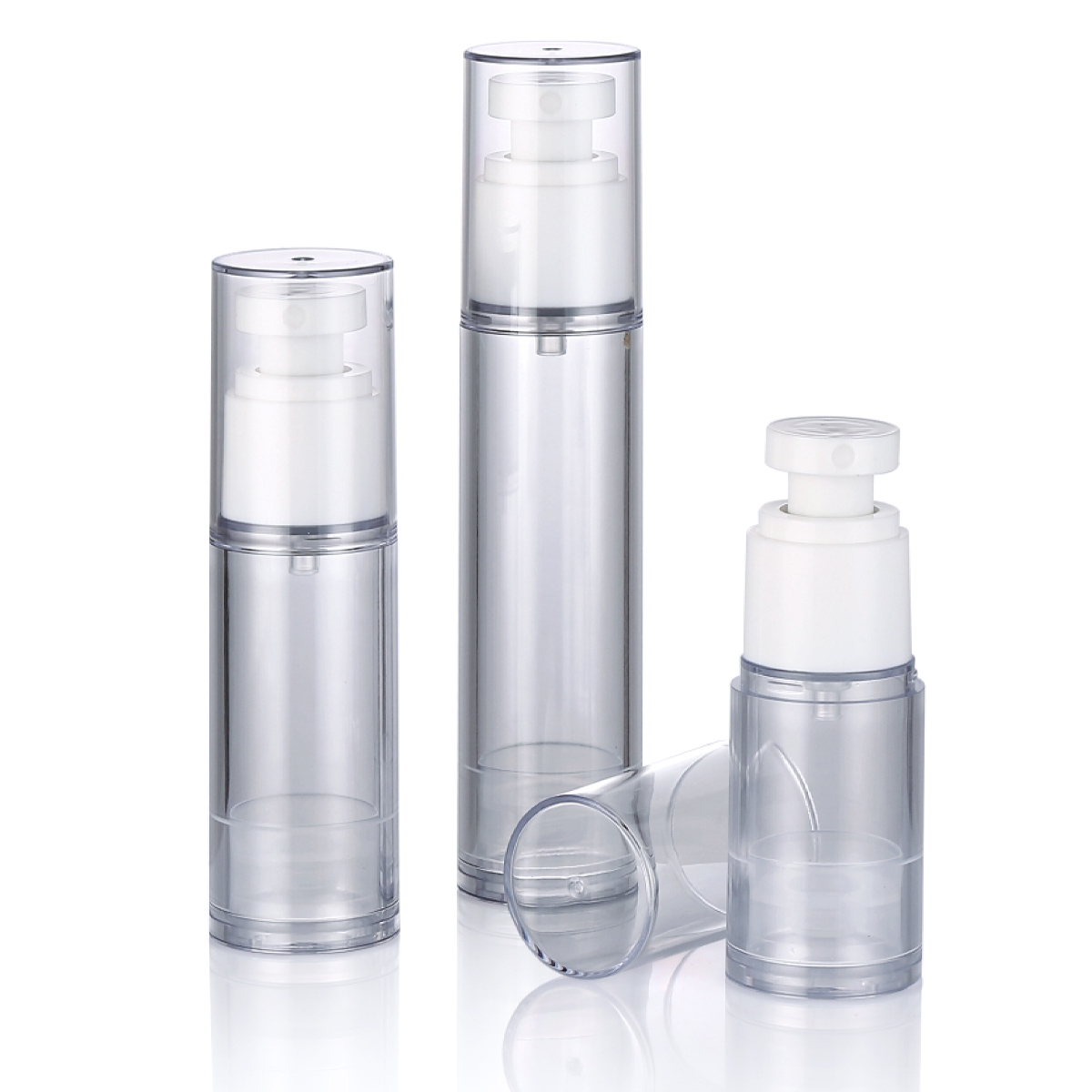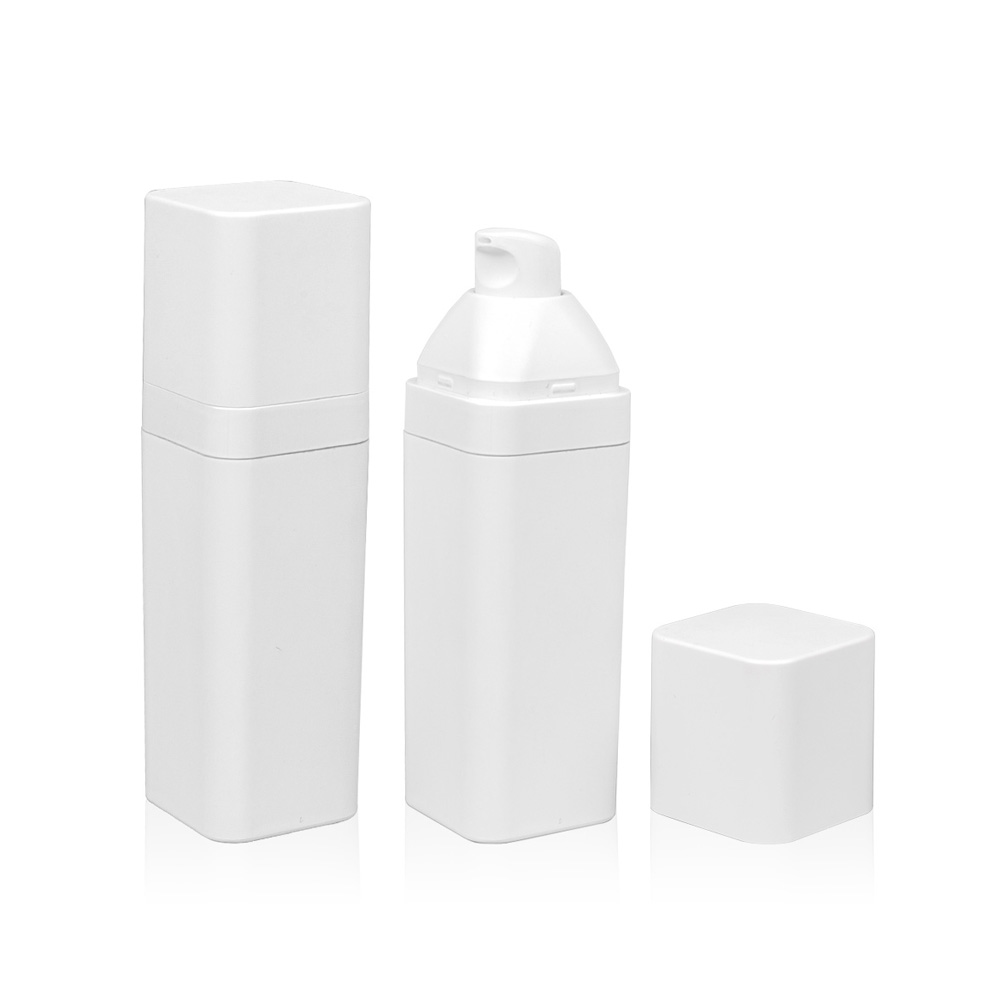In the skin care industry, the stability of active ingredients and the product storage environment have always been the core concerns of brands and consumers. With the iterative upgrade of vacuum aseptic packaging technology, Lancel Airless Bottle is gradually becoming a benchmark for high-end cosmetic packaging with its innovative design. But many users still have questions: Does this precision container require special storage conditions?
1. Technical barriers of Lancel Airless Bottle: Why can it break through the limitations of traditional packaging?
The core advantage of Lancel Airless Bottle lies in its patented vacuum piston system. Unlike traditional wide-mouth bottles or dropper bottles, the device completely isolates air contact through the mechanical rise of the bottom piston, ensuring that the contents are only output in one direction when pressed, and there is no air reflux throughout the process. According to third-party laboratory tests, this design can control the oxygen content in the bottle below 0.03%, reducing the risk of microbial contamination by 98%.
2. Key factors of the storage environment: Do temperature and light need to be strictly controlled?
Lancel's R&D team pointed out in an interview with Global Cosmetic Technology that the environmental tolerance of the container far exceeds industry expectations:
Temperature adaptability: The bottle is made of medical-grade PETE material, which can pass the extreme environment test of -20℃ to 70℃. The daily indoor temperature difference will not cause structural deformation or ingredient leakage;
Light protection requirements: Although the bottle itself does not have UV filtering function, the vacuum environment can block the oxidation chain reaction caused by light. It is recommended to store products containing photosensitive ingredients (such as retinol and VC derivatives) in a cool place to add protective effects;
Humidity influence: The fully enclosed design can completely isolate water vapor penetration and is suitable for high humidity environments such as bathrooms.
3. Comparative experiment: vacuum packaging vs traditional packaging activity retention rate
The Swiss Bioactive Laboratory once compared the preservation efficiency of two types of packaging for vitamin C (L-ascorbic acid) (25℃ constant temperature environment):
After 30 days: the VC concentration in the Lancel bottle remained at 98.2%, and the traditional pump bottle only had 74.5%;
After 90 days: the vacuum packaging group still retained 91.7% activity, while the control group dropped to 52.3% due to oxidative degradation. The experimental results confirmed that the vacuum environment has a significant buffering effect on the degradation of ingredients caused by light and heat.
4. Industry recommendations: maximize the advantages of Lancel Airless Bottle
No need to deliberately refrigerate after opening the bottle: the vacuum seal provides sufficient protection, and frequent temperature fluctuations increase the risk of material fatigue;
Avoid violent squeezing or inversion: the piston system relies on precise pressure balance, and mechanical impact may cause the seal to fail;
Adapt to high-activity formulas: peptides, enzyme preparations and other easily inactivated ingredients are recommended to use this type of packaging first.

 English
English 中文简体
中文简体 Español
Español عربى
عربى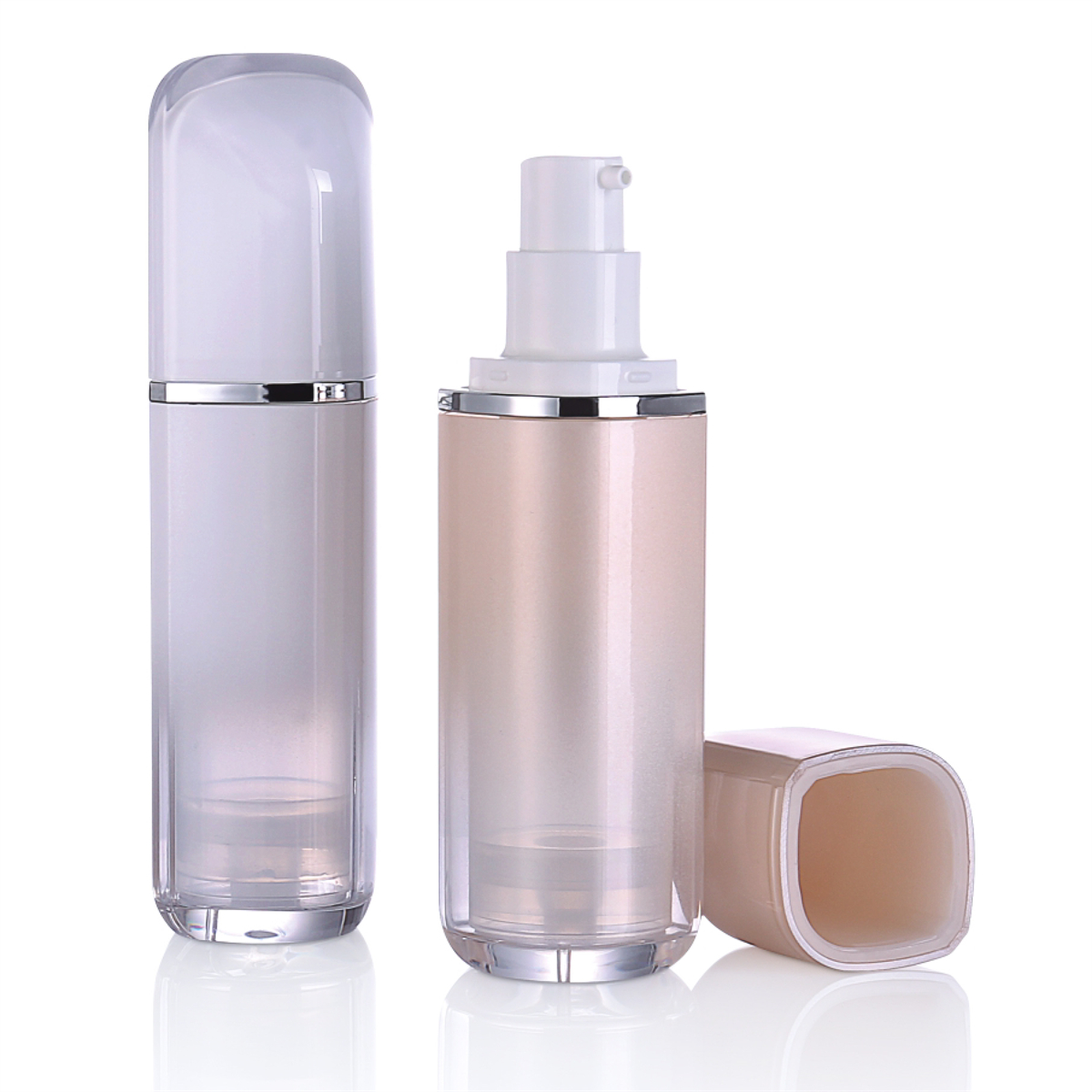
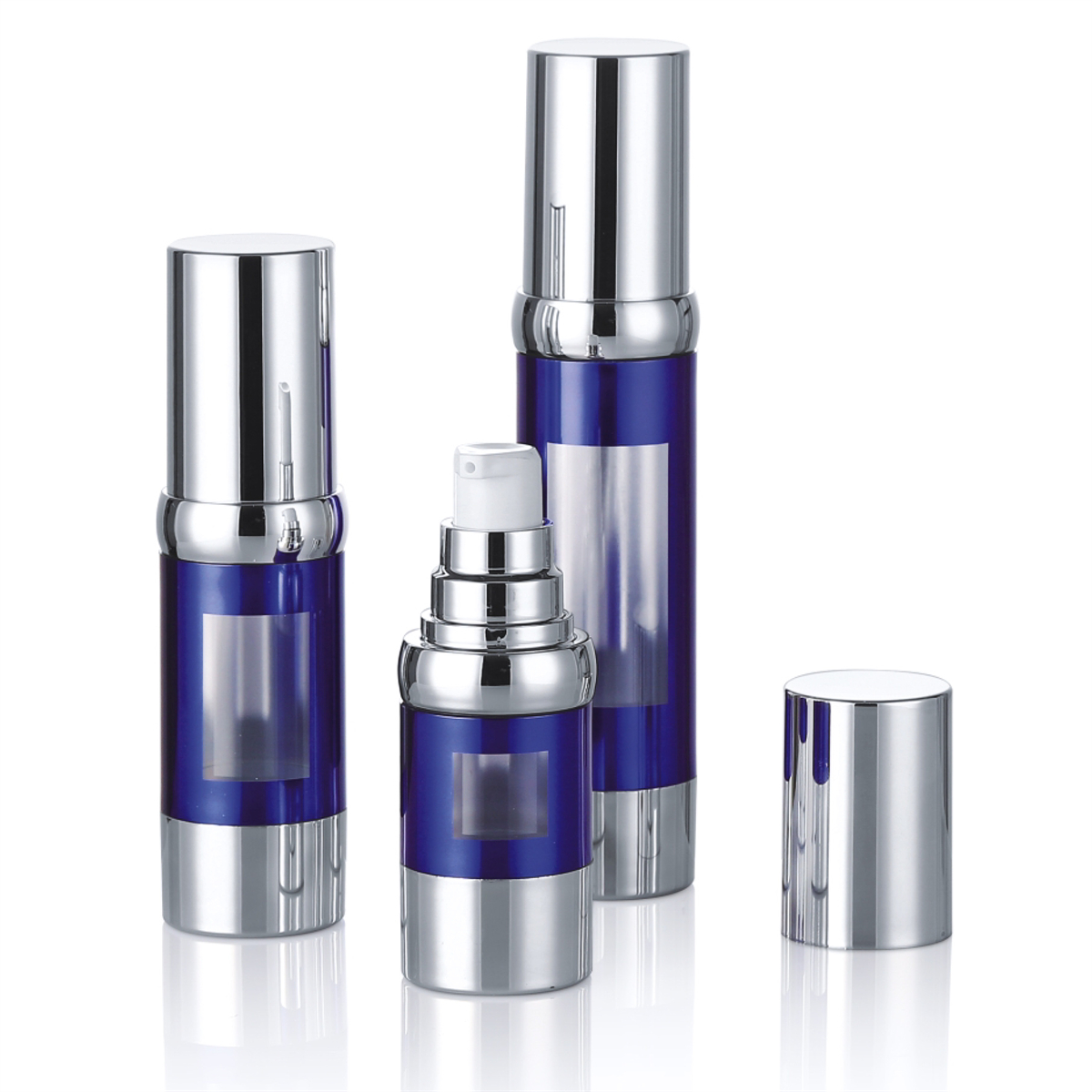
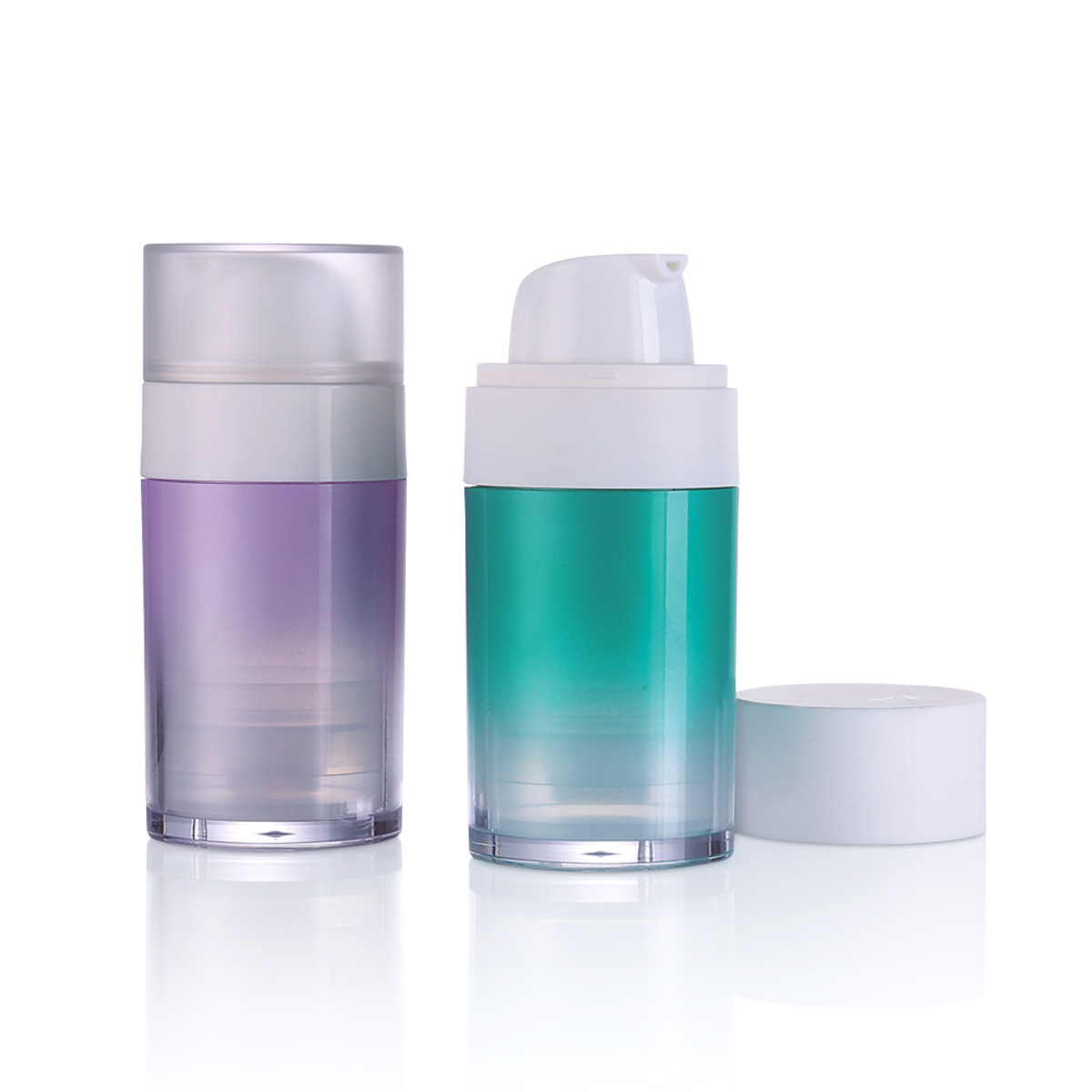
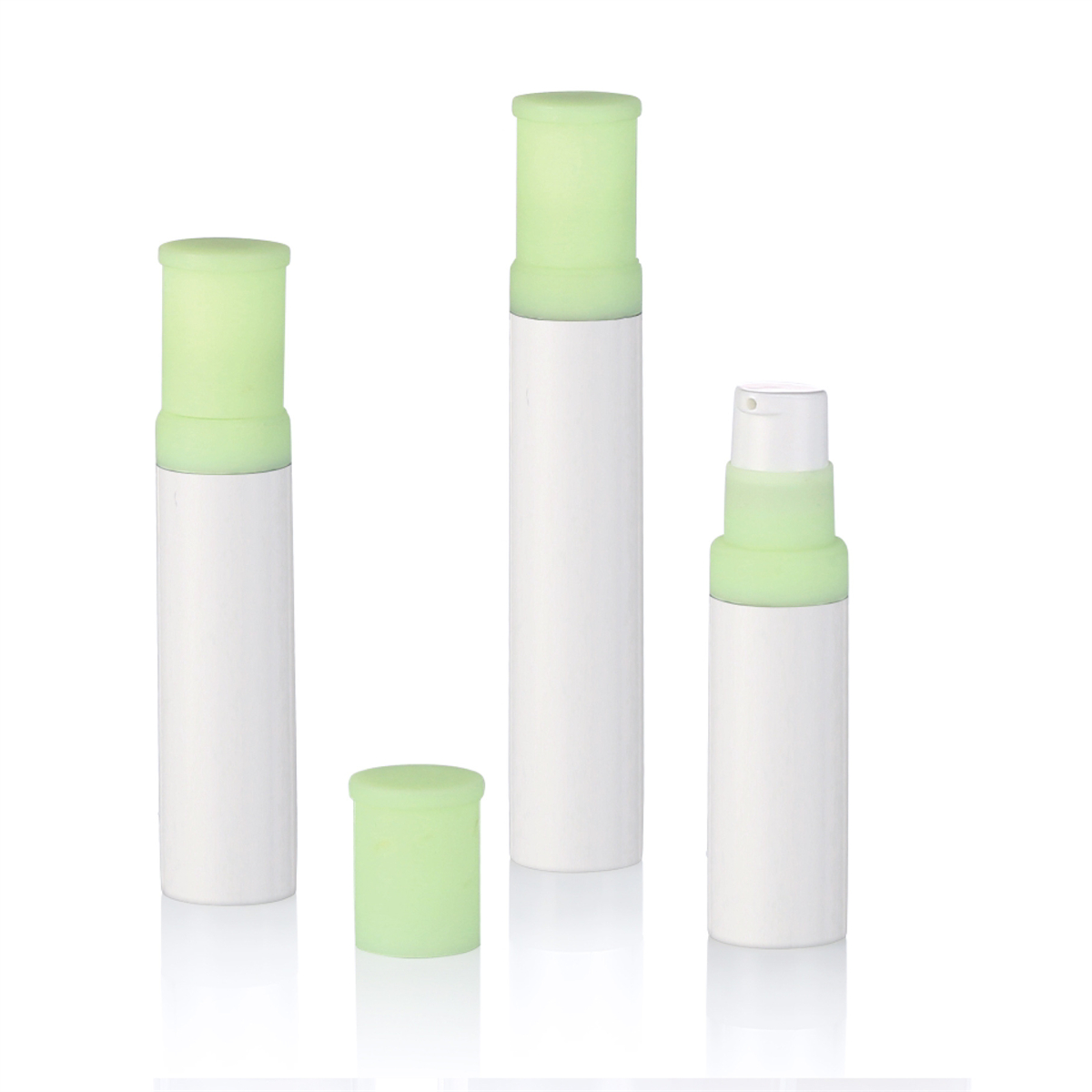
.jpg)
